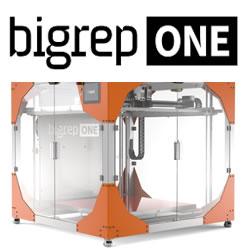Industry 4.0 - Interview with fabb.one Ltd
Brookings Report - America's advanced industries: New trends
How 3D Printing Streamlines the Engineering Workflow
3D Printer Market Is Seen as Pillar to Revive Japan's Manufacturing Industry
Metal additive manufacturing software 'Amphyon' uses simulations to offset printing distortions
This Time, 3D Printer Makers Think They Found a Sweet Spot
Upcoming Tradeshow, Conference & Exhibition Summary - September - December 2016
3D Hubs, an online marketplace for local 3D printing, scores $7M Series B
Raspberry Pi And MATLAB based 3D Scanner
Heero: the Perfect 3D Printing Partner Monitors & Controls Progress
Have we solved the nanomaterials problem?
Norsk setting up industrial scale additive manufacturing plant in New York
Atomic-scale additive manufacturing techniques could create stronger, lighter, smarter materials
The Next Industrial Revolution - 3D Printing
Printed Perforated Lampshades for Continuous Projective Images
Records 586 to 600 of 779
First | Previous | Next | Last
Additive & 3D Printing - Featured Product

